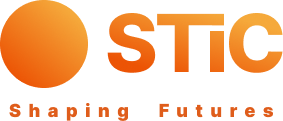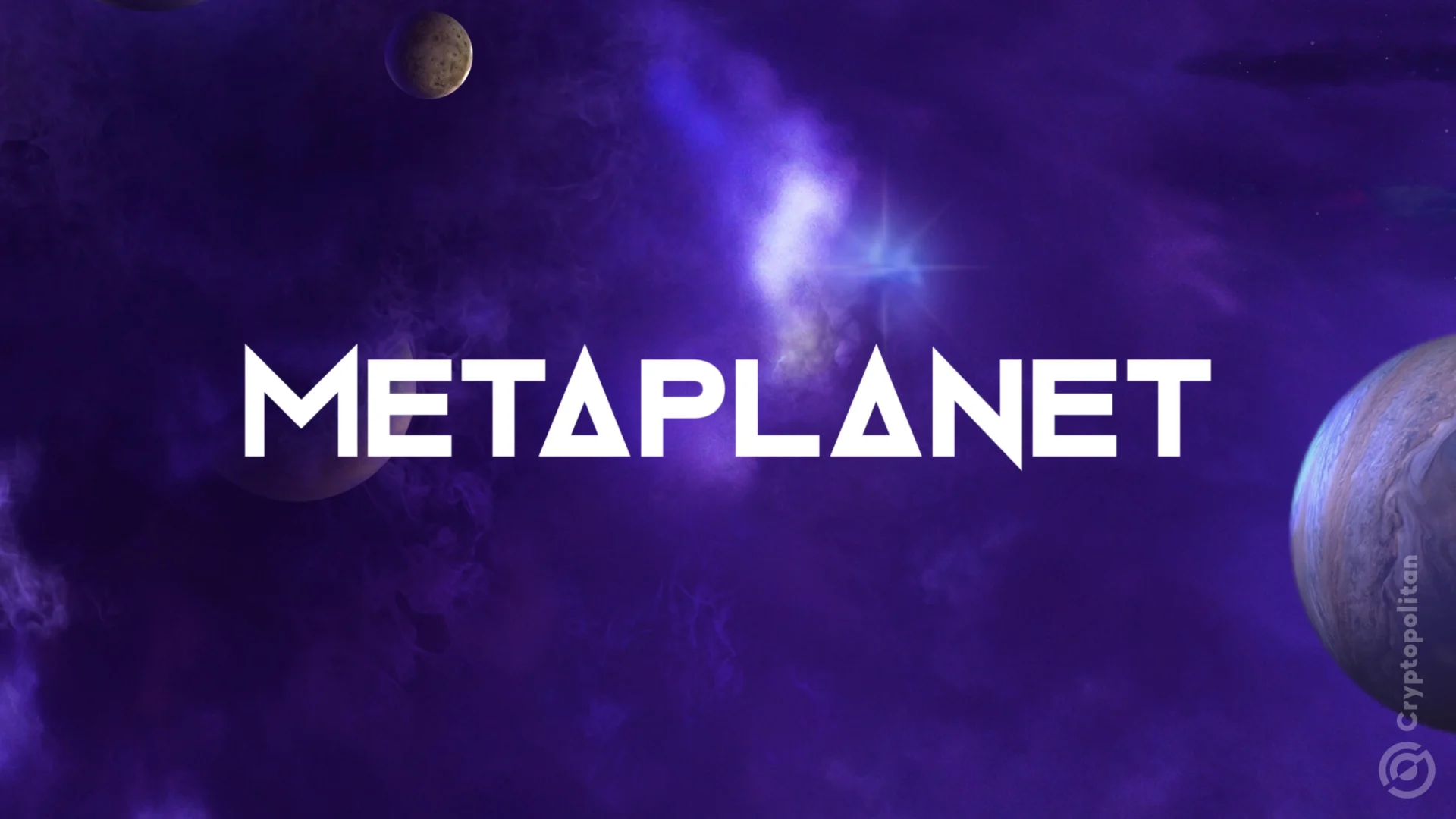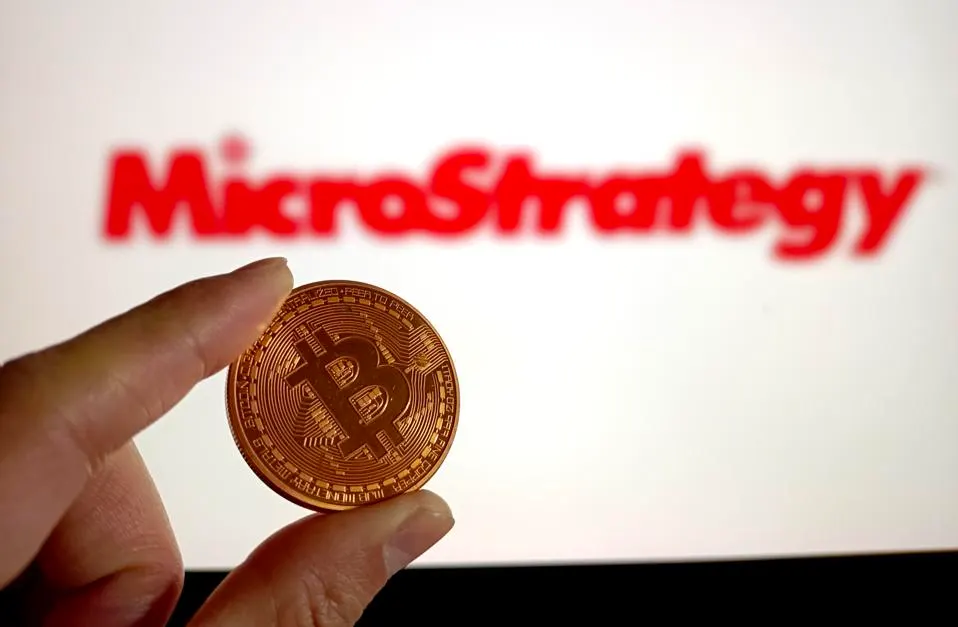Web3 has come a long way, but in 2025, community-led Web3 projects are taking the lead. This is not some company run by high-stakes investors. Rather, it is made and operated by its users. From DAOs to NFT groups, these communities are working together to grow, share ideas, and make real decisions.
People trust what they help build, and that trust is now the essence of Web3. Unlike projects of the past that were run by hype, community-led initiatives focus on real value and sustainable growth.
This shift is not just a change in trend, it is a defining mechanism for how Web3 functions. What enables such initiatives to flourish in 2025? Let’s break it down
What Are Community-Led Web3 Projects?
Web3 projects have community ownership which means projects are built and guided by users. Through the efforts of the people who care about them, these projects grow without the need for investors.
People help through sharing ideas, voting, and sharing the rewards. The most important features are open all-through decision-making, fair token distribution to participants, and common goals.
On the other hand, VC-funded Web3 projects rely on external finance in which significant power is largely held by a few investors, aiming at short-term gain.
Community-driven projects focus on growing trust and long-term impact. People support them because they believe in the mission, not because of hype. This qualitative difference is why community-driven projects are fairer, more real, and more trusted in the Web3 spectrum.
Why Are Community-Led Projects Thriving in 2025?
Web3 projects are winning in 2025 by putting power in users’ hands. When communities call the shots, they build trust, spark creativity, and outlast corporate competitors. Here’s why this approach works
The Power of Decentralization & Trust
Decentralization means no single group calls all the shots. In 2025, people are tired of big companies mishandling data or making unfair decisions. Web3 fixes this by spreading control across thousands of users.
Because everything happens on-chain, decisions are transparent. No hidden deals, no sudden rule changes. This openness makes people trust community projects more than corporate ones.
And trust pays off. Projects with strong, engaged communities attract more users, funding, and loyalty. In a world full of scams and empty promises, real decentralization is a game-changer.
Community Governance and Tokenomics
In 2025, the best Web3 projects don’t just give users a voice, they reward them for participating. Through fair tokenomics, active contributors earn tokens for voting, building, or promoting the project. This turns users into real owners, not just customers.
Smart incentives keep communities engaged. For example, some projects distribute fees back to token holders, while others let users earn governance power over time. Unlike traditional companies, where profits go to shareholders, community-led projects share success with everyone who helps. When people benefit directly, they stick around, and that’s why these projects keep growing.
Authenticity and Grassroots Marketing
Big brands spend millions on ads, but in 2025, real growth comes from real communities. Web3 projects thrive because their users genuinely believe in them, not because of a flashy commercial.
When people love a project, they talk about it, create memes, and onboard friends. This organic buzz is more powerful than any corporate marketing budget. Plus, decentralized social platforms (like Farcaster or Lens) let communities grow without relying on Twitter or Facebook. No fake influencers, no empty hype, just real people building something they care about. That’s marketing you can’t buy.
Resilience Against Market Volatility
Crypto markets go up and down, but strong communities survive the chaos. In 2025, projects backed by loyal users outlast those dependent on VC funding. Why? Because when prices drop, true believers don’t quit.
VCs might pull funding during a bear market, but a passionate community keeps building. Some of today’s biggest Web3 projects started small, survived crashes, and grew stronger because their users never left. Bottom line? Money comes and goes, but community lasts.
Web3 Social Platforms Fueling Community Growth
In 2025, decentralized social media is where Web3 communities thrive. Platforms like Lens and Farcaster let users own their followers, so no algorithm can shut them down. These networks make it easy to organize, vote, and share updates without begging for likes. Plus, built-in tokens and NFTs help communities reward contributors fairly. Forget Facebook groups, imagine a social network run by its users, with no ads or data mining. That’s why Web3 communities grow faster and stay independent.
Success Stories of Community-Led Web3 Projects (2025 Case Studies)
Meet the Web3 projects winning in 2025 by letting their communities lead. From funding public goods to reshaping social media, these real examples show what happens when users take control
Nouns DAO: Sustaining Daily Auctions and a $50M+ Treasury
Nouns DAO has become a standout example of community-led success in Web3. Since its inception in August 2021, it has auctioned one unique Noun NFT daily, directing all proceeds to a community-controlled treasury.
By early 2025, this treasury surpassed $50 million, funding diverse initiatives from public goods to cultural projects. Notably, Nouns DAO sponsored a float in the 2023 Rose Parade and supported open-source tools like Nouns Builder. Governance is entirely decentralized, with each Noun granting one vote, ensuring that decisions reflect the community’s collective vision.
Friend.Tech: A SocialFi Experiment with $89M in Fees
Friend.Tech, launched in August 2023, introduced a novel SocialFi model where users traded “keys” to access creators’ content.
Within its first day, it attracted 136,000 active users and, over time, generated approximately $89 million in total fees, distributing about $44.67 million to creators.
In May 2024, the platform released Version 2, introducing “Clubs” that paid groups managed by elected leaders. By May 6, 2024, over 110,000 Clubs had been created, with more than 61,500 members and nearly 17 million FRIEND tokens traded.
Challenges Community-Led Projects Face in 2025
Even the best community-led Web3 projects hit roadblocks. From decision-making gridlock to keeping members engaged, here are the real challenges these decentralized teams face in 2025
Scalability & Coordination
As community-led projects grow, managing large groups becomes harder. With thousands of members, making decisions quickly is a real challenge.
Votes take time, and reaching agreements is often slow. This can delay important updates and harm progress. Tools like DAO management apps help, but they can’t fix everything. In 2025, many projects struggle to balance open participation with the need to act fast.
Without clear roles and better workflows, even the best ideas can get stuck. For community-led projects to scale, they need smarter ways to coordinate while keeping their open, fair structure intact.
Balancing Vision with Community Consensus
Having a big community is great, but it also brings many opinions. Sometimes, this makes it hard to keep a clear project vision.
In 2025, community-led projects often face conflicts between staying true to their mission and trying to please everyone. Too much compromise can water down ideas, while ignoring feedback can upset members. Finding the right balance is tricky.
Strong leadership, clear goals, and open but focused discussions are key to solving this. Projects that manage to keep their core vision while respecting community input tend to succeed in the long run.
Security Risks & Rug Pulls
Even community-led projects are not safe from scams and hacks. Without strong security, smart contracts can be attacked, leading to stolen funds.
In 2025, the Web3 space still sees cases of rug pulls, where bad actors drain a project’s treasury. Many new projects skip audits to save money, which puts the whole community at risk.
For community-led projects, trust is key, and a single hack can destroy years of work. Regular audits, multisig wallets, and transparent fund management are now must-haves. Without them, even honest projects can fall victim to serious security issues.
How to Build a Successful Community-Led Web3 Project in 2025
Building a thriving Web3 project today isn’t about raising the most money, it’s about growing the right community. Here’s what works in 2025:
Start With a Clear Purpose
People rally around “why” before “what.” Define a mission that solves real problems—not just tech for tech’s sake. Whether it’s fairer finance or better social media, your community needs something worth fighting for.
Design Fair Governance Early
Set clear rules for decision-making upfront. Will votes be token-based? Who can propose changes? A good structure prevents chaos later while keeping power decentralized.
Reward Participation
Give members real ownership through tokens or NFTs. When people benefit directly, they contribute more. Even small rewards for activity boost engagement.
Build in Public
Share progress openly, the wins and struggles. Transparency builds trust and turns users into co-creators who feel invested in your success. Your community’s vibe matters most. Foster positivity, welcome new ideas and celebrate members. Strong culture survives market crashes and tech changes.
Conclusion
In 2025, community-led Web3 projects are proving that people-powered ideas can succeed. Unlike old models focused on quick profits, these projects grow through trust, shared goals, and real teamwork. When users feel they truly belong, they help build stronger, more valuable networks.
But success doesn’t happen by chance. It takes a clear mission, fair rewards, open governance, and strong security. Projects that listen, stay transparent, and put their community first will stand out. As Web3 keeps evolving, one thing is clear: the future belongs to communities that build together.






